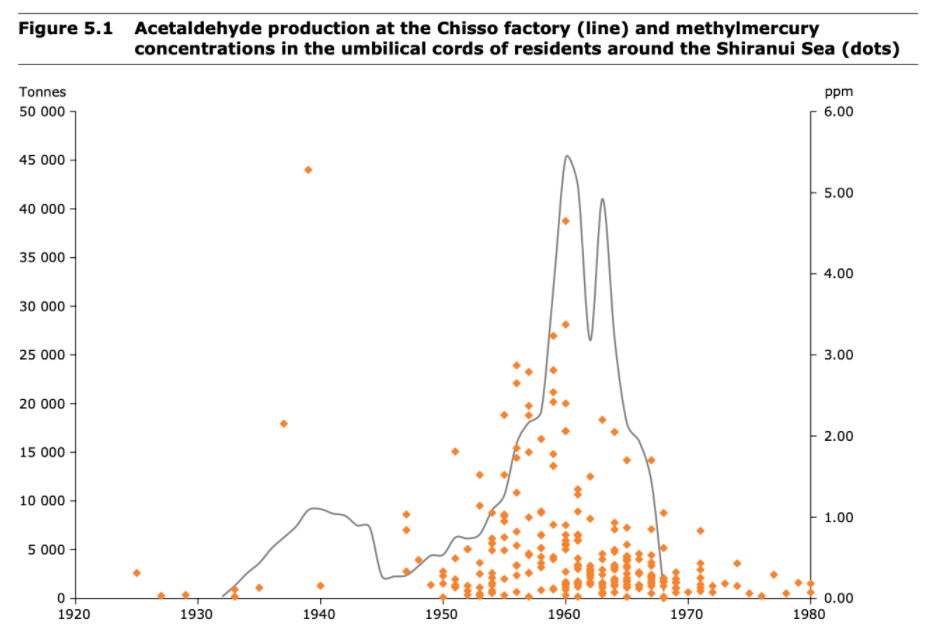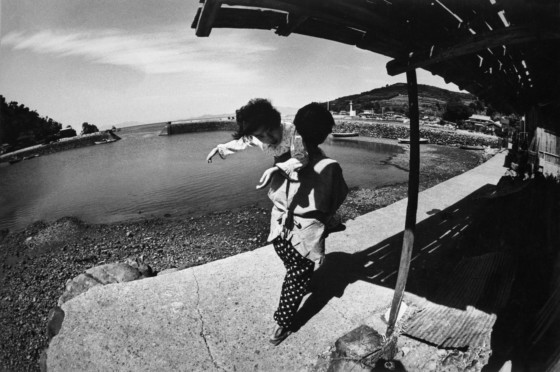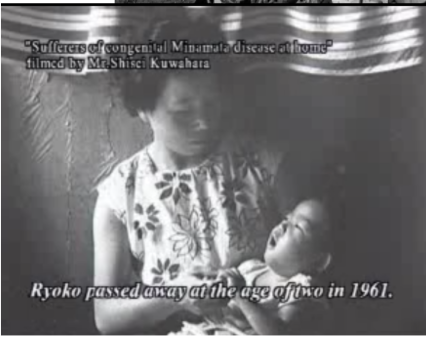Kenji Hagamoto was bullied for his condition: “If [Chisso] had stopped discharging mercury earlier, this kind of disease would not have occurred, and we would not have become Minamata disease patients. This is most regretful. I don’t want children to have bitter experience[s] like I had."

Kenji Hagamoto, Minamata Disease Municipal Museum


